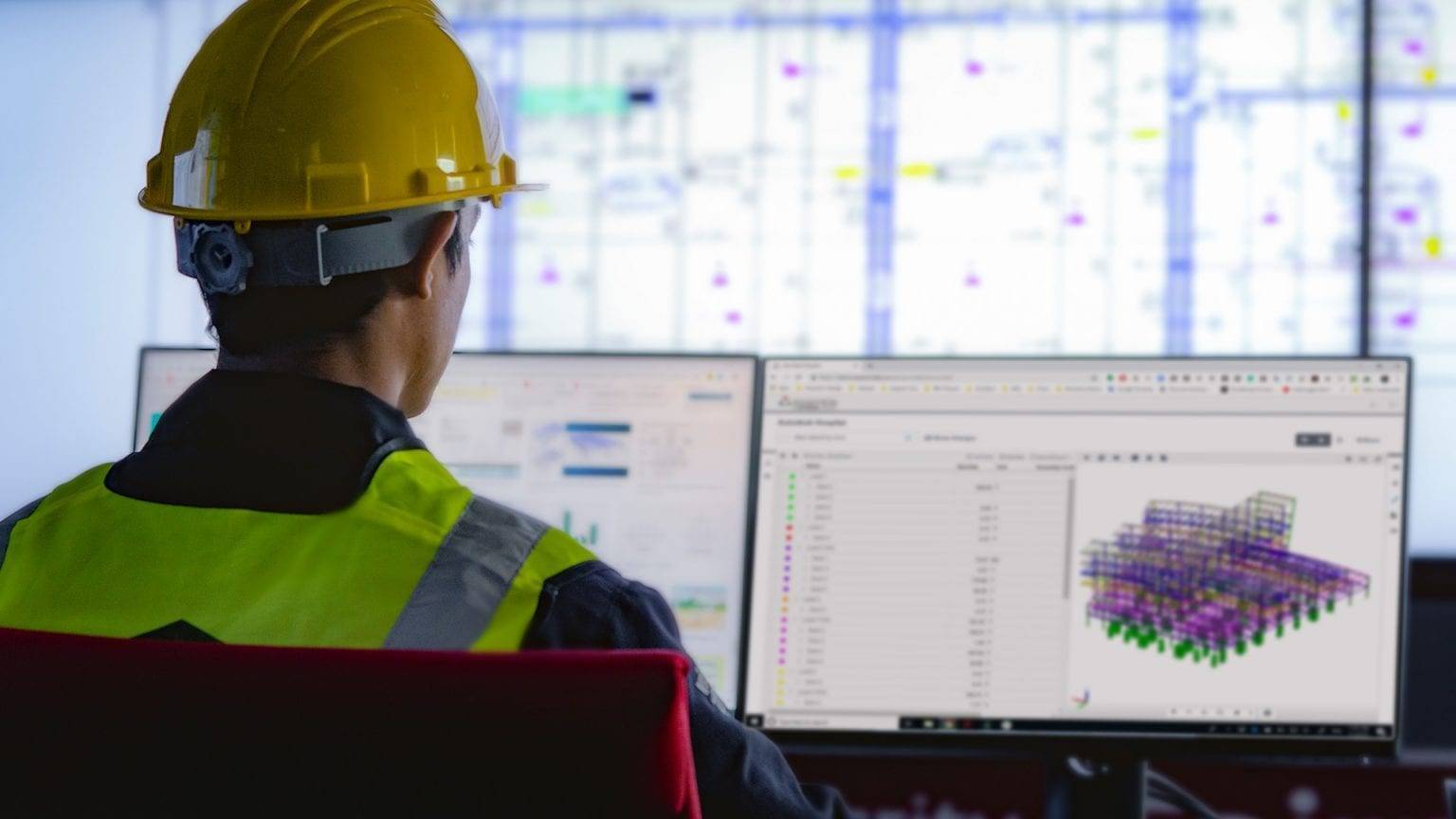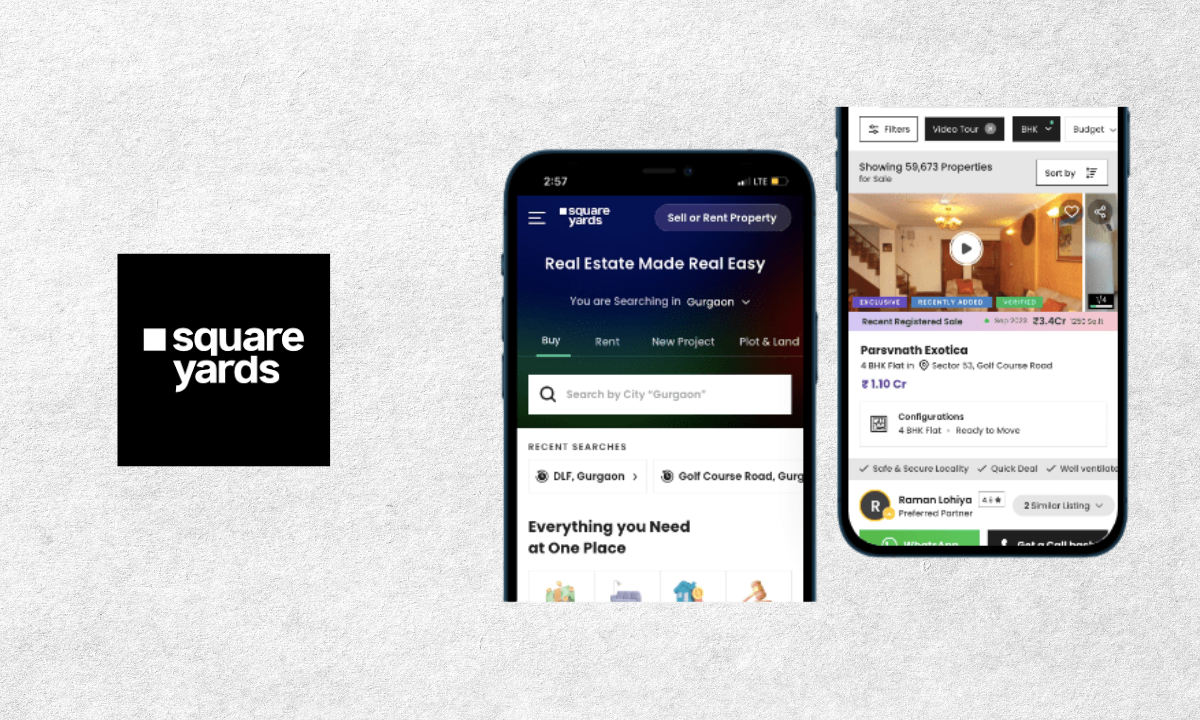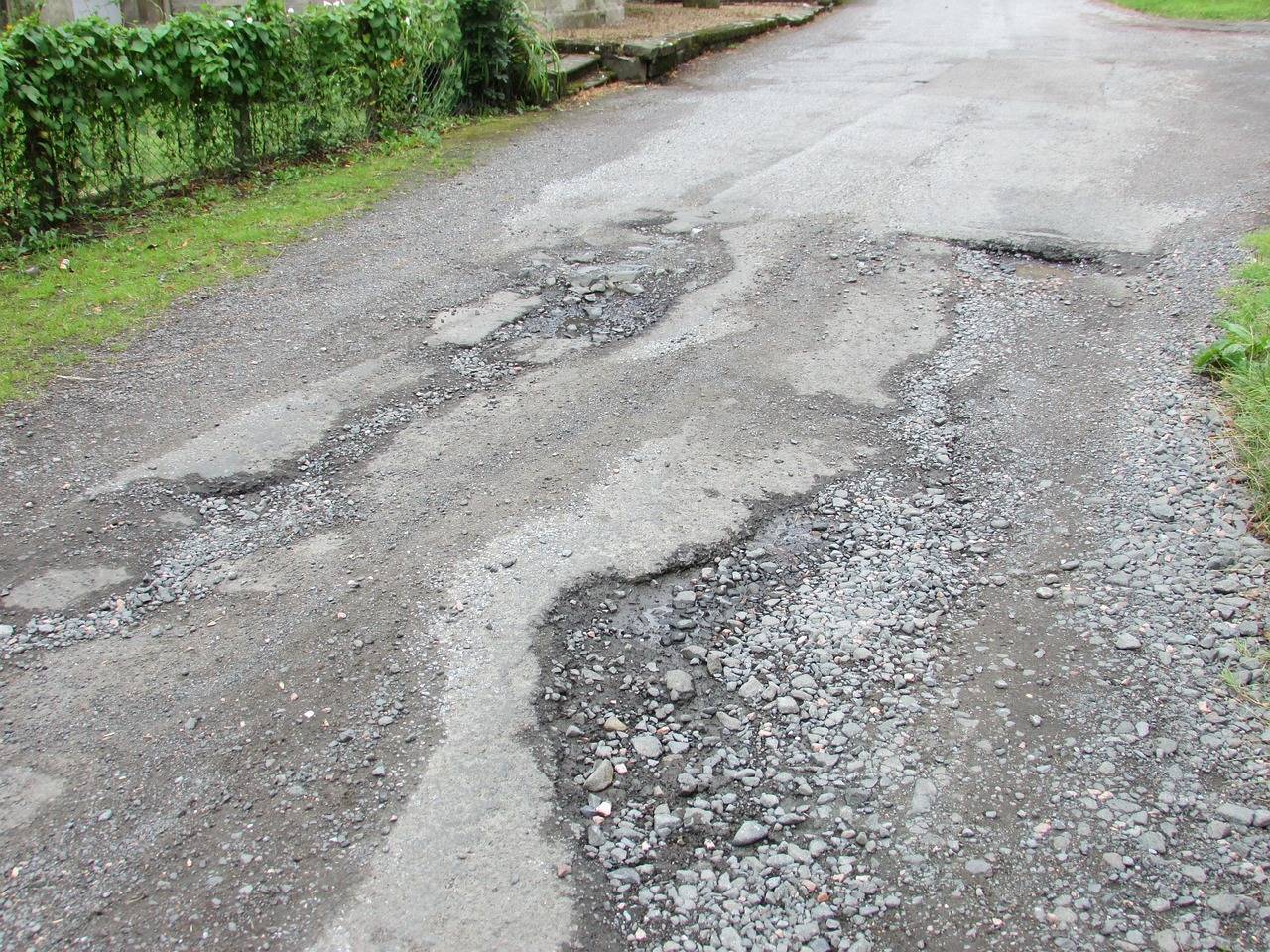The construction industry is undergoing a significant transformation, with digital technologies helping address persistent challenges such as cost overruns, delays, and inefficiencies. One such technology is predictive analytics that enables construction project managers to derive more accurate outcomes by analysing historical data. As construction projects become more complex and interconnected, predictive analytics has become an essential resource in improving various aspects of project management.
Understanding Predictive Analytics
Predictive analytics in construction involves the use of statistical algorithms, machine learning models, and historical data to estimate general outcomes in construction projects. By analyzing patterns in past performance, this technology helps construction managers anticipate potential challenges, such as delays, cost overruns, or resource shortages. This ability to predict future events allows for more effective planning, budgeting, and risk management, ultimately leading to improved project efficiency and decision-making.
How Predictive Analytics Works?
Predictive analytics works through a series of structured steps designed to process data and generate forecasts. These steps typically include:
- Data Collection: Data is gathered from various sources, including historical project data, sensors, IoT devices, and market trends.
- Data Preprocessing: Raw data is cleaned and transformed to ensure it is accurate and consistent. This step may involve filling in missing values, correcting errors, and converting data into a usable format.
- Feature Engineering: In this step, relevant variables or features are identified and refined to improve model accuracy.
- Model Development: Different machine learning and statistical techniques are applied to develop models that predict future events. These may include regression analysis, decision trees, or neural networks.
- Model Evaluation: The performance of the predictive model is evaluated using metrics like accuracy, precision, and recall. If the model doesn’t meet predefined thresholds, it may be adjusted or retrained.
- Deployment and Monitoring: The model is deployed and applied to real-world data. Continuous monitoring ensures the model remains accurate over time, with adjustments made as new data is collected.

Techniques Behind Predictive Analytics in Construction
Several machine learning and statistical techniques drive predictive analytics in construction. These methods help analyze vast amounts of data and make reliable predictions.
Regression Analysis: This technique is commonly used to estimate project costs, timelines, or material usage based on historical data. It helps identify relationships between variables and predict future outcomes.
Classification: Classification is used to categorize data into predefined groups. For example, it can help classify potential risks or defects into categories such as low, medium, or high risk.
Time Series Analysis: Time series analysis is used to detect patterns in data over time, such as seasonal fluctuations in material prices. This allows managers to predict future trends and adjust their strategies accordingly.
Clustering: This technique involves grouping similar data points together. In construction, clustering can be used to analyze projects with similar characteristics and identify trends or patterns that may not be apparent in individual projects.
Neural Networks: Neural networks are powerful machine learning models that analyze large datasets and detect complex patterns. These models are particularly useful for predicting outcomes in large and complex construction projects.
Benefits of Predictive Analytics in Construction
The integration of predictive analytics in construction offers several clear advantages:
Better Decision-Making: Predictive models provide actionable insights that help project managers make informed decisions. These insights can improve planning, budgeting, and risk management.
Cost Efficiency: By predicting potential cost overruns and providing more accurate cost estimates, predictive analytics helps construction companies save money and reduce financial risks.
Increased Productivity: With more efficient resource allocation and scheduling, predictive analytics improves productivity across the project lifecycle.
Risk Reduction: Predictive analytics helps identify potential risks before they become significant issues, allowing project managers to implement proactive measures that reduce delays and costs.
Improved Quality: By identifying defects early in the process, predictive analytics helps maintain high-quality standards throughout the construction project.
Predictive Analytics in Construction: Key Applications
In construction, predictive analytics is making a significant impact in several critical areas, enhancing how projects are managed and executed. Here are some of the key applications:
1. Project Planning and Scheduling
Construction projects often face challenges when it comes to planning and scheduling. Delays can occur for a variety of reasons, such as weather disruptions, resource shortages, or unforeseen issues. Predictive analytics can forecast project timelines with greater accuracy by analyzing historical data, resource availability, and environmental factors. By predicting potential delays, project managers can adjust their schedules in advance, allocate resources more effectively, and ensure timely completion of tasks. This ability to predict and address potential setbacks is a valuable tool in maintaining efficiency and minimizing time overruns.
2. Cost Estimation and Budgeting
Cost overruns are a common issue in construction, often due to inaccurate budgeting or unforeseen expenses. Predictive analytics can help generate more accurate cost estimates by analyzing historical cost data, material prices, and labor costs. This predictive approach allows construction managers to anticipate fluctuations in material costs, labor rates, and other variables that may impact project budgets. As a result, more accurate financial plans can be created, reducing the likelihood of budget overruns and improving overall financial management.
3. Risk Management
Construction projects inherently involve numerous risks, ranging from environmental factors like weather disruptions to issues related to supply chain and labor availability. Predictive analytics can identify and evaluate these risks earlier in the project lifecycle, allowing construction managers to take proactive steps to mitigate them. By analyzing weather forecasts, market trends, and historical data, predictive models can detect patterns that signal potential risks, giving project teams the time needed to implement contingency plans and reduce the impact of unforeseen issues.
4. Equipment Maintenance
Construction projects rely heavily on machinery, from cranes to excavators. Unplanned equipment failures can cause significant delays and increase costs. Predictive analytics can help mitigate these risks by using sensor data to anticipate when equipment may require maintenance. By analyzing usage patterns and monitoring equipment performance, predictive models can forecast when maintenance should be performed, helping to avoid breakdowns and downtime. This predictive maintenance approach helps extend the lifespan of equipment, reduce repair costs, and maintain smooth project operations.
5. Quality Control and Defect Detection
Ensuring the quality of construction projects is critical to their long-term success. Predictive analytics can play an important role in quality control by identifying potential defects early in the construction process. This can be achieved by analyzing data from sensors, drones, and other inspection tools. Predictive models can detect deviations from quality standards before they lead to larger issues, allowing construction teams to address problems early and reduce the need for costly rework or repairs. By catching defects early, predictive analytics helps ensure that the final product meets the required quality and safety standards.
6. Resource Allocation and Optimization
The efficient use of resources such as labor, materials, and equipment is crucial to the success of any construction project. Predictive analytics can help optimize resource allocation by analyzing data from past projects and ongoing operations. By understanding how resources were used in previous projects, predictive models can suggest the most efficient allocation for the current project. This approach helps reduce waste, avoid over-ordering materials, and ensure that the right resources are available at the right time, improving overall project efficiency.
7. Supply Chain Management
A smooth supply chain is essential to keeping construction projects on schedule. Predictive analytics enhances supply chain management by forecasting demand for materials and assessing supplier performance. By analyzing historical delivery data and market trends, predictive models can identify potential supply chain disruptions, such as delays in material delivery or shortages. Construction managers can use these insights to adjust procurement schedules, find alternative suppliers, or adjust project timelines to avoid disruptions.

Challenges and the Path Forward
While predictive analytics offers significant benefits, its implementation is not without challenges:
- The accuracy of predictions depends on the quality and completeness of data. Inconsistent or outdated data can lead to unreliable forecasts.
- Developing and managing predictive models requires specialized skills in data science and machine learning.
- Incorporating predictive analytics into established workflows can be complex and time-consuming.
Overcoming these challenges requires a strategic approach that includes investing in data management infrastructure, upskilling personnel, and fostering collaboration between construction professionals and data scientists.
The Future of Predictive Analytics in Construction
Predictive analytics is transforming the construction industry by providing data-driven insights that enhance project management. By analyzing historical data, machine learning models, and statistical algorithms, construction professionals can anticipate potential challenges, optimize resource allocation, and improve decision-making. This approach aids in more accurate scheduling, cost estimation, risk management, and quality control, leading to greater efficiency and minimizing risks like delays and budget overruns. Despite challenges with data quality and integration, predictive analytics is increasingly vital in ensuring proactive project management, paving the way for more successful and cost-effective construction projects.
Image sources- fayway.in, autodesk.com, innovapptive.com









.png)